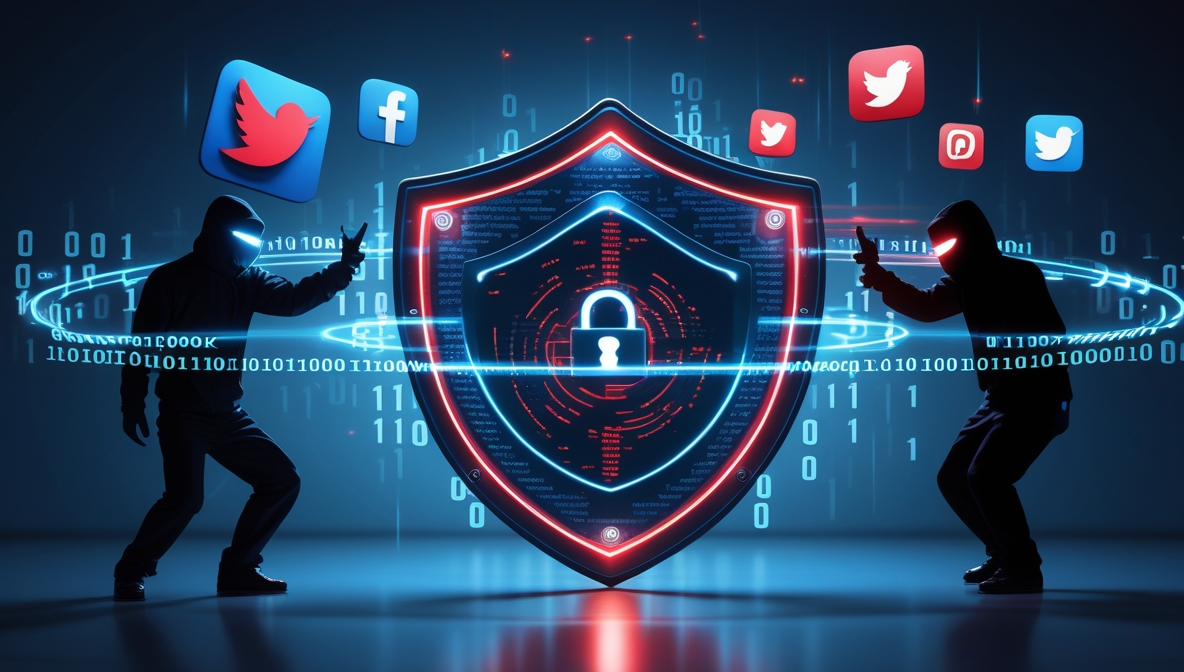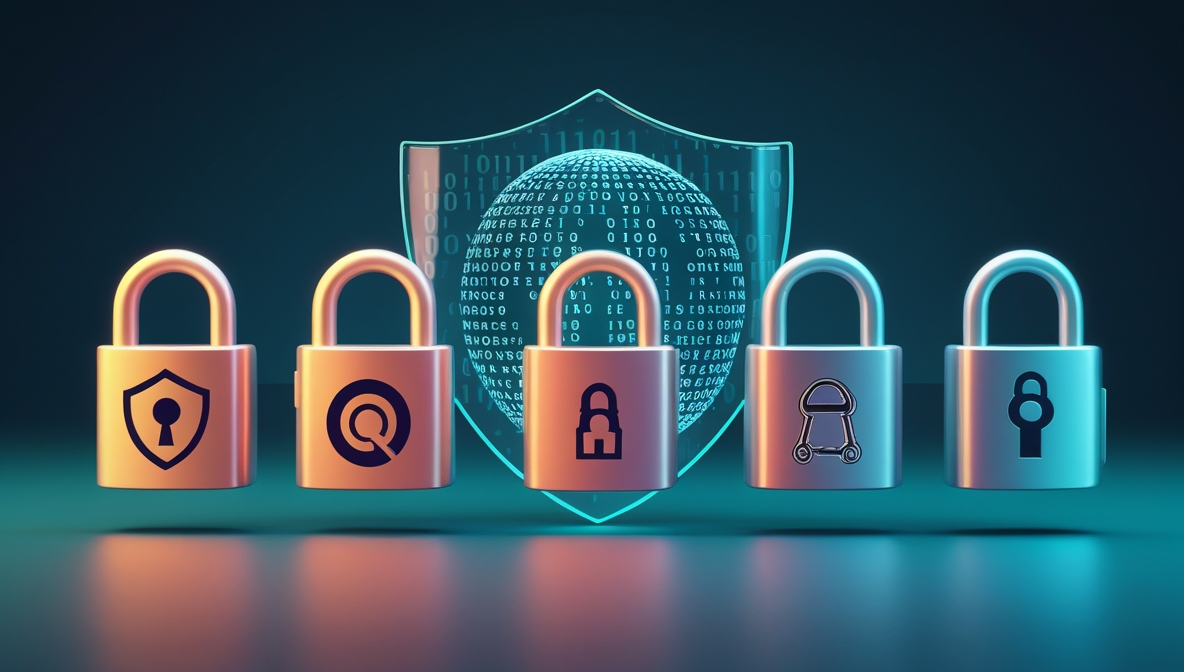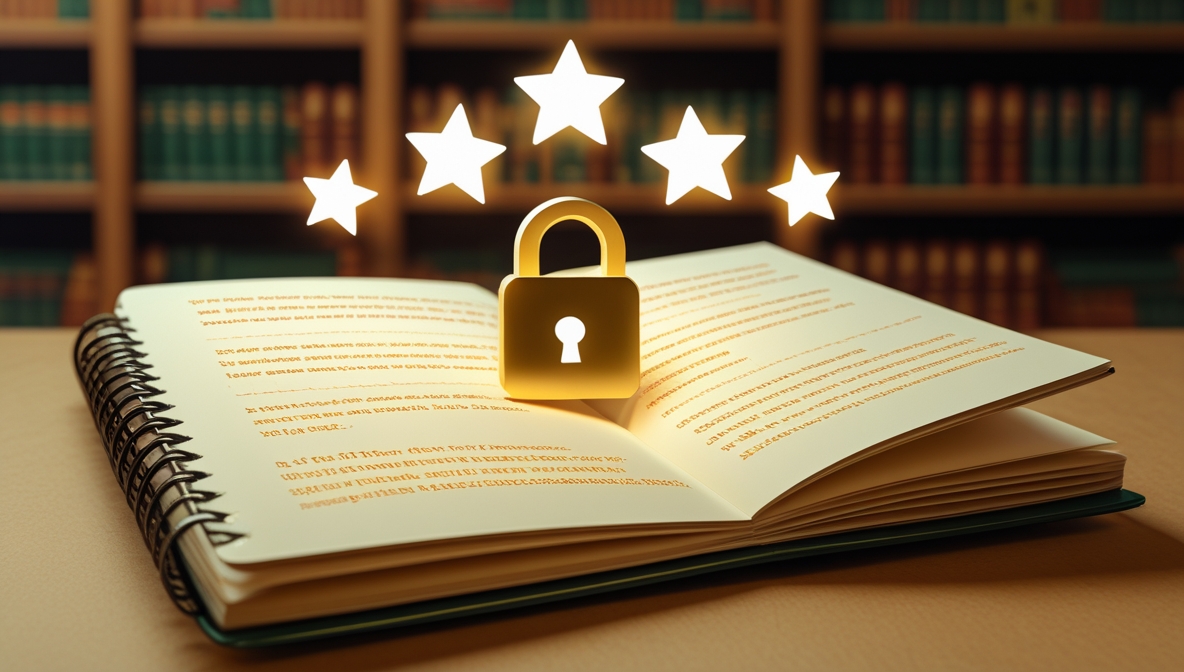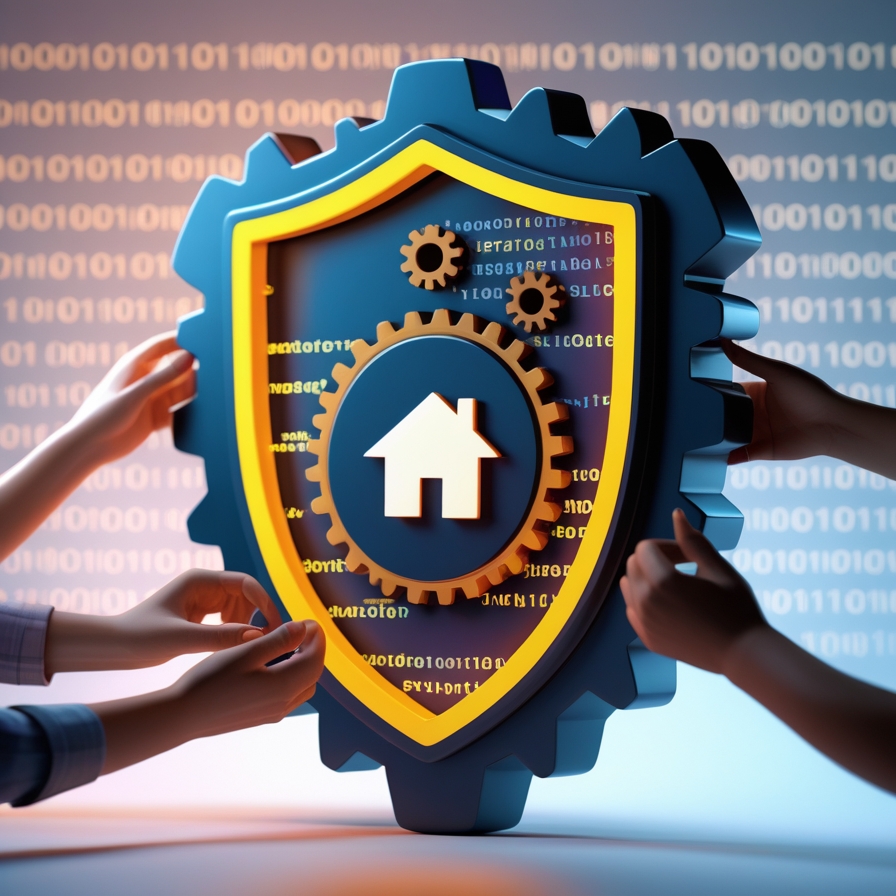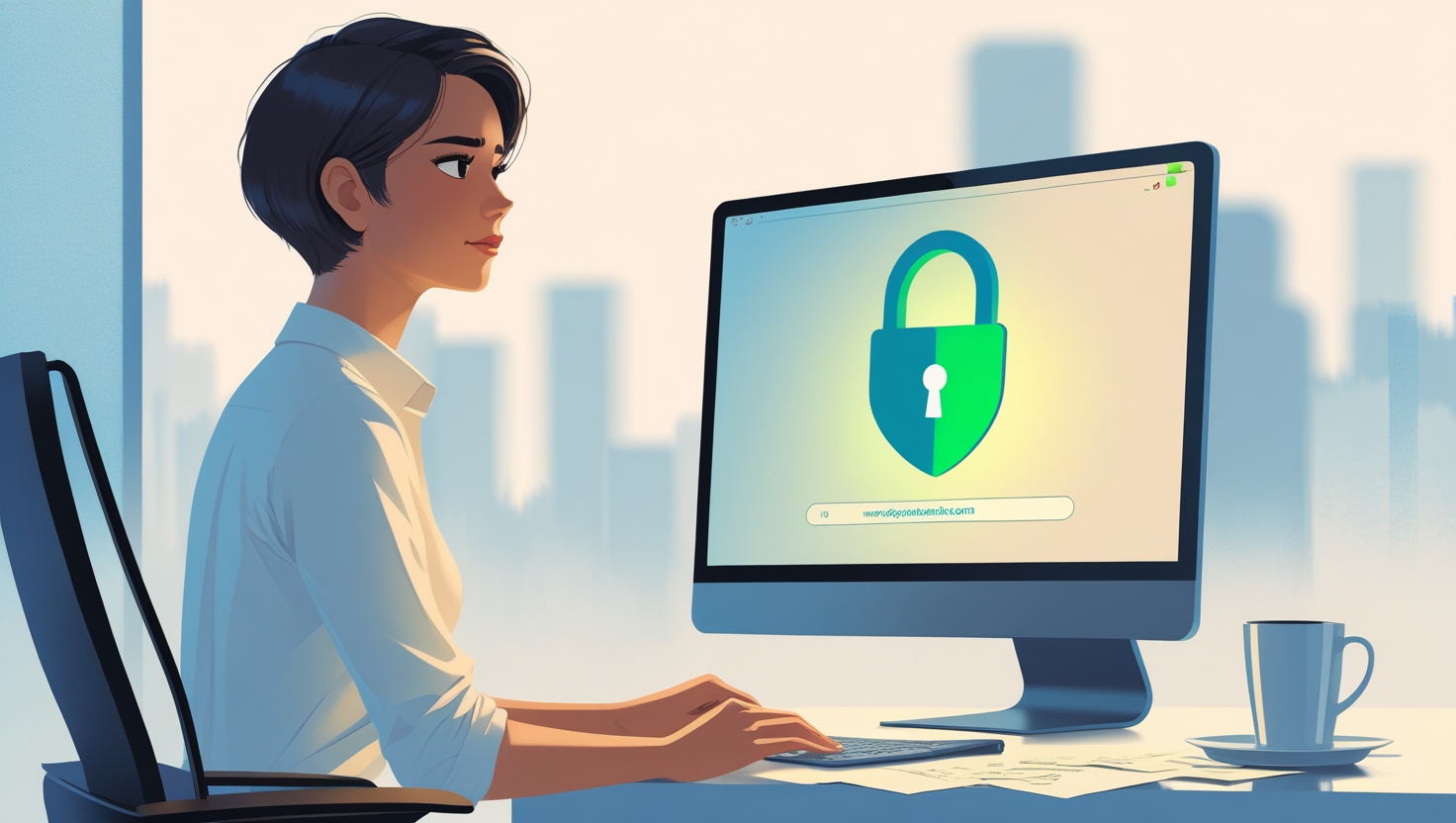In today’s hyperconnected digital world, social media security is not a luxury — it’s a necessity. Cybercriminals are becoming increasingly sophisticated, targeting individual users, influencers, and businesses alike. At risk is not just your personal data, but your brand reputation, financial assets, and even your identity. Below, we detail the most comprehensive guide to protect your social media accounts from hackers.
Use Strong, Unique Passwords for Every Platform
One of the most critical yet often neglected aspects of social media security is password hygiene. Avoid reusing passwords across platforms. Instead, create strong, unique passwords for each account.
-
Use at least 12 characters with a mix of uppercase, lowercase, numbers, and symbols
-
Avoid predictable sequences like “123456” or “password”
-
Leverage password managers like LastPass, Bitwarden, or 1Password to generate and store complex passwords securely
Never share your passwords, and change them every 90 days to minimize the risk of unauthorized access.
Enable Two-Factor Authentication (2FA)
Two-Factor Authentication (2FA) adds an essential layer of security by requiring a second form of verification after the password.
-
Use authentication apps like Google Authenticator or Authy instead of SMS for stronger protection
-
Enable 2FA on all platforms: Facebook, Instagram, Twitter, LinkedIn, and TikTok all support it
-
Review backup codes and store them in a secure, offline location
Even if a hacker manages to obtain your password, 2FA can effectively block access.
Monitor Login Activity and Authorizations
Social platforms provide tools to track where and how your account is accessed. Use this to monitor suspicious activity.
-
Check for unknown devices, browser types, or IP addresses
-
Revoke access to unfamiliar sessions immediately
-
Regularly review third-party apps and integrations that have access to your account — remove anything suspicious or unused
Being proactive in monitoring can prevent long-term breaches.
Be Wary of Phishing Attempts
Phishing attacks remain one of the most common tactics hackers use to gain account access. These attacks often mimic legitimate communications to trick users into providing login details.
-
Never click on suspicious links in emails, direct messages, or comments
-
Verify the sender’s email domain or URL before interacting
-
Use browser extensions and antivirus software that can flag malicious websites
Educating yourself and your team on common phishing tactics is an essential line of defense.
Keep Your Devices and Apps Updated
Outdated software can become an easy gateway for hackers due to known vulnerabilities.
-
Regularly update your phone’s operating system and apps
-
Enable auto-updates where possible
-
Reboot your devices weekly to apply security patches
Hackers often exploit weaknesses in old versions of apps to infiltrate accounts — staying updated closes that door.
Limit Access and Permissions
If you run a business or brand account, control who has access and what permissions they have.
-
Use role-based permissions: Admins, Editors, Viewers
-
Avoid giving full access to unnecessary team members or agencies
-
Regularly audit your access list and remove former employees or inactive contributors
A least privilege policy ensures that only those who absolutely need access have it.
Use Encrypted and Secure Wi-Fi Connections
Public Wi-Fi networks can be a hotbed for cyberattacks. Hackers can intercept data using techniques like man-in-the-middle (MITM) attacks.
-
Avoid accessing sensitive accounts on public networks
-
Use a Virtual Private Network (VPN) to encrypt your internet traffic
-
Prefer your mobile data connection over unsecured Wi-Fi hotspots
Protecting the network you use is as crucial as safeguarding your credentials.
Customize Your Privacy Settings
Privacy settings are more than about who can see your posts — they’re a tool to control who interacts with your content and how much data you expose.
-
Limit who can message, tag, or mention you
-
Hide your email, phone number, and location from public profiles
-
Disable location tracking unless absolutely necessary
Tightening your privacy reduces your visibility to potential attackers.
Backup Your Accounts and Content
While this doesn’t prevent hacking, having backups ensures that you can recover quickly in the event of an attack.
-
Download account data from platforms like Facebook, Twitter, and Instagram
-
Store important media and posts in secure cloud storage or external drives
-
Use business management tools that offer auto-archiving features
Hackers may delete or deface content — regular backups can help you restore your presence without starting from scratch.
Recognize the Signs of a Hacked Account
Knowing when you've been hacked is crucial. Be on alert for:
-
Posts or messages you didn’t send
-
Password changes without your action
-
Sudden logouts from your devices
-
Notifications from the platform about unusual activity
If you suspect foul play, act immediately:
-
Change your password
-
Revoke suspicious sessions
-
Notify the platform’s support team
-
Inform your followers if necessary to prevent further spread
Educate Your Team and Family
Your security is only as strong as the weakest link in your network. Cyber hygiene training is essential for anyone with access to your social media accounts.
-
Hold regular briefings on emerging threats
-
Create an internal document outlining best practices
-
Conduct mock phishing simulations to test readiness
Awareness across your circle minimizes the chances of accidental breaches.
Secure Your Email Accounts First
Your email address is often the gateway to your social accounts — if compromised, attackers can reset your social passwords.
-
Use a separate email for admin access
-
Secure your email with 2FA
-
Avoid using public or shared devices to access email
Treat your email with the same level of protection as your most sensitive accounts.
Conclusion: Proactive Security is Powerful Security
Protecting your social media accounts from hackers is an ongoing process that involves vigilance, regular audits, and continuous education. By taking the measures listed above, individuals and organizations can significantly reduce their exposure to cyber threats and ensure the long-term safety of their digital identity.
